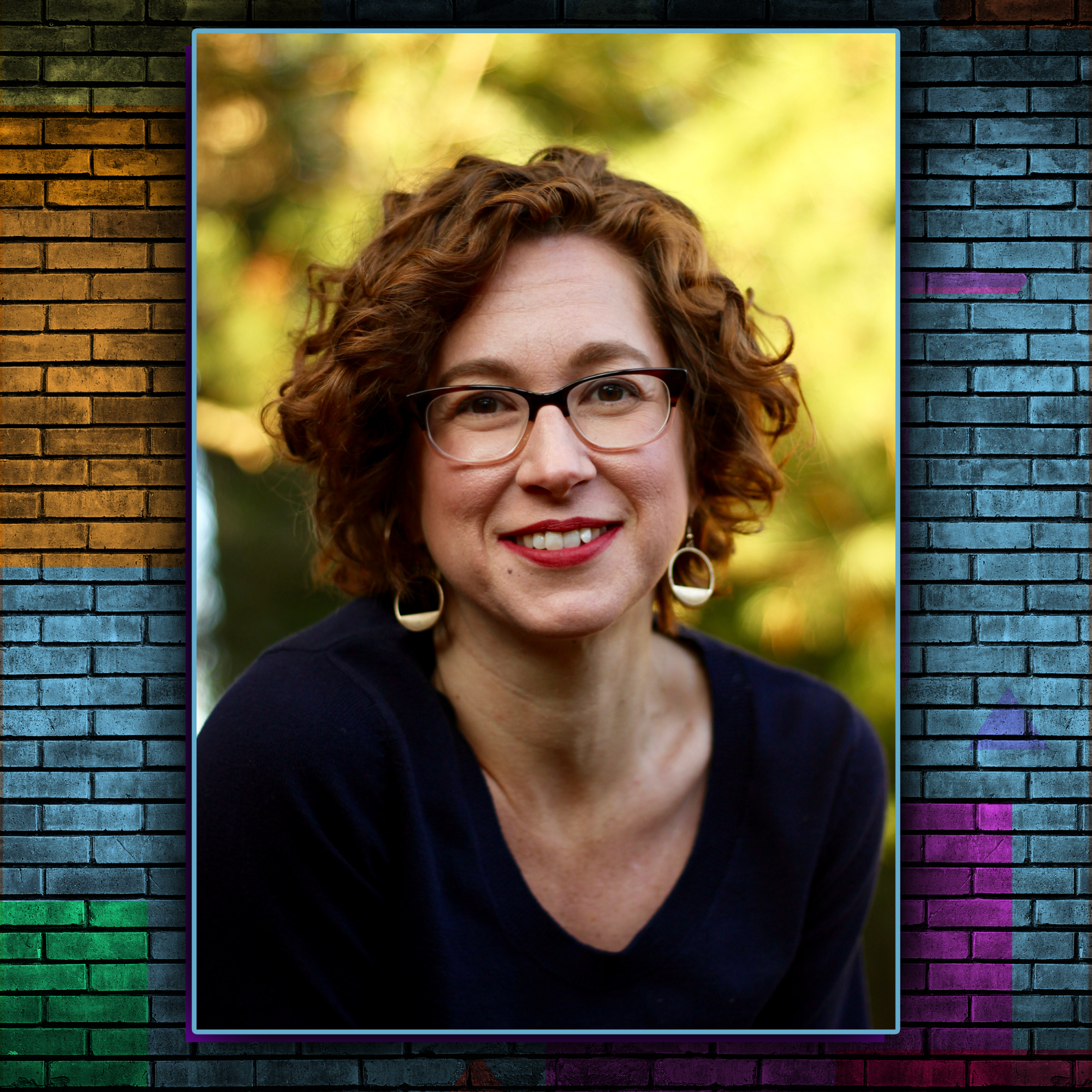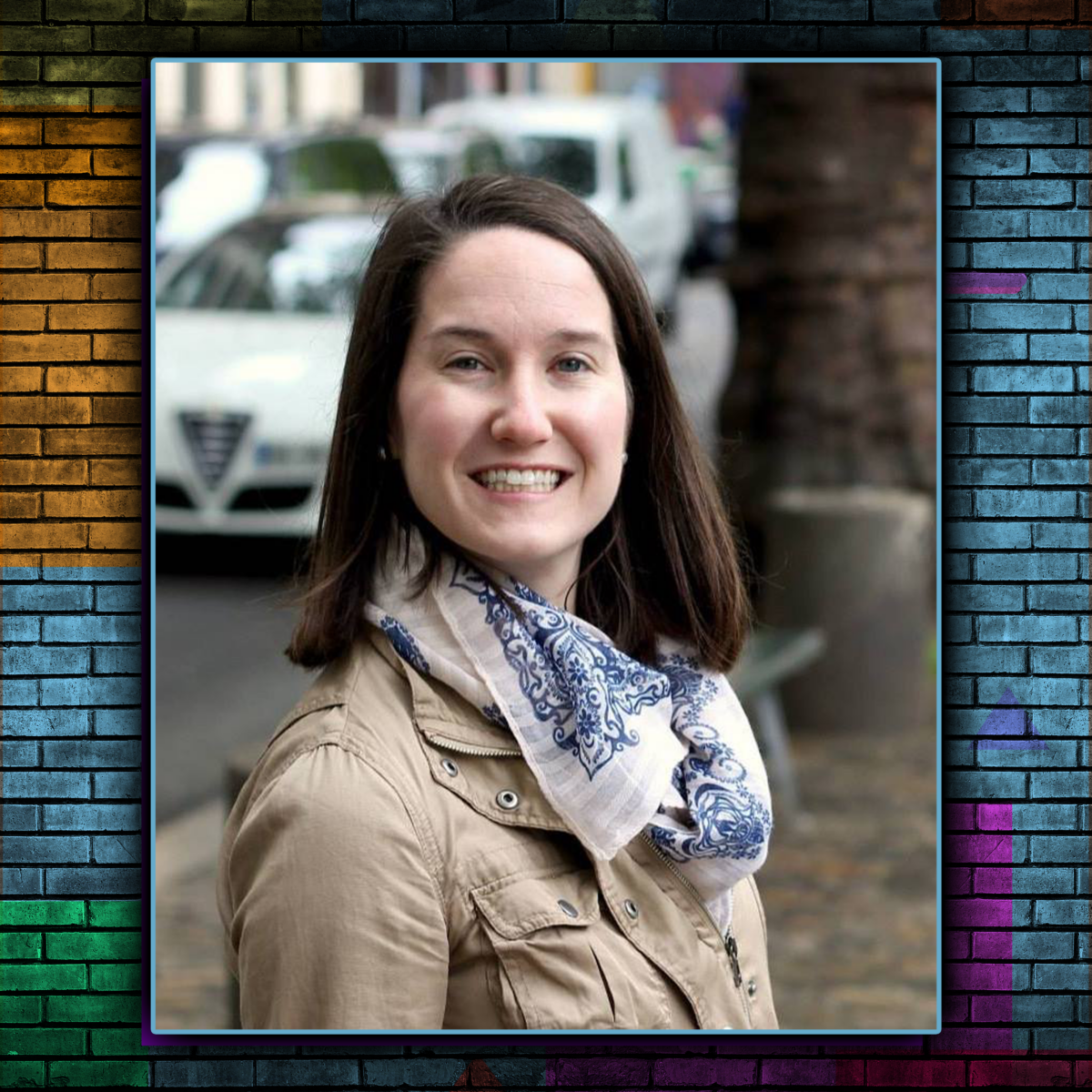Readings: Genesis 9:8-17, Psalm 25:1-10, 1 Peter 3:18-22, Mark 1:9-15
Seven people sat in a dimly lit circle in an otherwise empty sanctuary, ready for weekly catechism. On tonight’s agenda was the flood, when Noah’s family of eight boards a massive boat and holds out for forty days as God destroys the earth. After we read aloud from Genesis, a palpable anger arose from the red-headed senior citizen to my right. She was an excommunicated ex-nun, now committing to the Episcopal Church. From those details, I assumed she’d already known her own personal apocalypse.
“How could God do that,” she said to the group. “How could God wipe out all those people?” She shook her head. It wasn’t right.
The week before, this same woman had explained that she was a caregiver to her disabled son. In describing herself, she used the term “temporarily able-bodied.” It was 2008, the first time I’d heard the phrase. She emphasized that her life as a nondisabled person was impermanent. She explained that we would all be, at one point or another, disabled. Like water itself, the identities of nondisabled people like me were fluid. I took note, just as I did on the night of the flood discussion. When she raged against the Earth’s water apocalypse, it was the first time I realized that a person could be both very angry at God and still in a relationship with God. Like Jacob wrestling with the angel, you could wrestle with the Scriptures. You could look at them, and at God, and say: I’m not convinced!
I did wrestle with the Scriptures three years later when I became a mom. My daughter was born with a rare chromosomal syndrome that led to significant developmental disabilities. Walking, talking, eating by mouth—these would not be givens. They would each require long roads of therapy and support. In loving my daughter, I realized I’d been raised in an ableist world. I’d been taught to value ability, to see bodies in a hierarchy. I’d been taught to know my place on the ladder of achievement and to constantly strive upward.
Learning to be my daughter’s mother meant I unlearned much of what I’d previously held important. Instead, I held my girl—a gorgeous, luminescent baby half the size of her peers. At the same time that doctors voiced their concerns, sometimes seeing my daughter as “abnormal” and a “problem,” I heard a voice in my heart’s own pulse. It shared the same sentiment Jesus hears after his baptism: “This is my beloved… with you I am well pleased.” Loving my daughter helped me get just a little closer to seeing the world, and every ounce of life, as God sees it: as inherently good, as marked with God’s fingerprint.
But as I became a disability advocate, I struggled with the redemption narrative of disabled people in the Bible. Namely, Jesus kept healing them. This meant that disabled folks were seen as “redeemed” only when they became nondisabled. Like the ex-nun, I pushed back. Where were the stories about the blind man who was divinely touched by God and remained blind? Couldn’t that be a thing? Instead of saying to the paraplegic, “take up your mat and walk,” why couldn’t Jesus change the ableist hearts of a culture that didn’t find reasonable employment for its paraplegic citizens? Was my God incarnate ableist? A friend of mine, an ex-Catholic wheelchair-using disability rights activist, said yes. (He’d been accosted too many times by strangers eager to “fix” him with prayer.)
Something seemed amiss, though, in this take. In seeing God as ableist, I was crafting God in humanity’s image. Whenever we design God in our own image, we’ve tried to contain God in too small a shell. And God is not a hermit crab. Neither is God a thing we can hold, nor just a man who holds things. So God also likely did not need that rainbow as a supposed reminder to himself, like a bow around a finger, to never destroy the earth again by way of a flood. I suspect God remembers everything, holds in every atom a blueprint for the ages. It is we who forget.
For a time, I raged a little at Jesus. I heard the healing stories in church and huffed. I encountered the stories during my morning Bible time and scrutinized. Please stop ‘fixing the cripple,’ Jesus, I thought while my daughter’s walker wheeled across the sanctuary floor.
Eventually, though, I started noticing something surprising. Jesus heals a lot of people, sure, but he also becomes pretty secretive about it, even frustrated by the demands of it. “How long must I put up with you?” he says after someone asks him to heal an epileptic boy. “Don’t tell anyone,” he says to the man who takes up his mat, the same man who then goes straight to his people and tells. “Don’t tell anyone,” he says again and again to the one he heals. Jesus seems to lament that “Unless you people see signs and wonders you will not believe.” It’s almost as though Jesus is telling us, “these corporeal healings? They are not the thing!”
Perhaps Jesus saw that the signs were misdirecting people. God’s glory was looking to them like human glory, like bulging biceps flexed on top of an award podium, like ableism. We cannot expect God’s work, and God’s glory, to look like human work and human glory. This is why I think Jesus is often insisting people keep mum that he healed. Healing is not the point. Don’t get distracted.
In time, they would witness their savior hanging dead from a tree. God would be killed. And when days later he’d pronounce that he was resurrected, it would not be from a podium to a packed amphitheater. It would be to just a handful of old pals, from whom he’d wonder where he can grab a bite to eat. To be fully human, Jesus has to know hunger. He has to know the body’s limitations, its vulnerabilities. He has to know the precarious, fluid state of the so-called “temporarily able-bodied.” He has to know disability, too.
As Nancy L. Eiesland argues in The Disabled God: Toward a Liberatory Theology of Disability, the scars in Jesus’s flesh are profound symbols that annihilate our false equation between a nondisabled, “perfect” body and a spiritual, redeemed body. Jesus still has his wounds. “In presenting his impaired hands and feet to his startled friends,” she writes, “the resurrected Jesus is revealed as the disabled God…. [T]he disabled God is also the revealer of a new humanity….[F]ull personhood is fully compatible with the experience of disability.”
God is not ableist, just as God is not forgetful. The rainbow is not God’s reminder; it is ours.
More than a mythic memento that a flood will never annihilate the globe again, the rainbow is the sign that the world is never unredeemable. But it can also be a reminder that redemption often comes through fluid and surprising means, bringing results that don’t necessarily look like human glory. Jesus’ death and resurrection illustrate that.
I appreciate that the ex-nun dwelled on her rage and grief. Too often, we’re encouraged to move past it. “But look! See that!? He is risen!?” It bears remembering that the road to resurrection was retched, filled with thorns and whippings and even, from Christ himself, a brief sense of abandonment. Why have you forsaken me? Even Jesus felt, in a moment, forsaken. Just as the ex-nun felt forsaken.
But we are never forsaken. And that is what we cannot let our grief or our rage let us forget. Wrestling with God is a healthy indication that we have not (yet) seen the larger scope. Wrestling with God is also our admirable, defiant striving for a glimpse—or a touch—of it, for a sniff of the greater kingdom.

Heather Lanier is the author of the memoir, Raising a Rare Girl, a New York Times Book Review Editor’s Choice. Her essays and poems have appeared in The Atlantic, The Wall Street Journal, The Sun, and elsewhere. She is an Assistant Professor of Creative Writing at Rowan University, and her TED Talk, “‘Good’ and ‘Bad’ Are Incomplete Stories We Tell Ourselves,” has been viewed over two million times.



Unbound Social